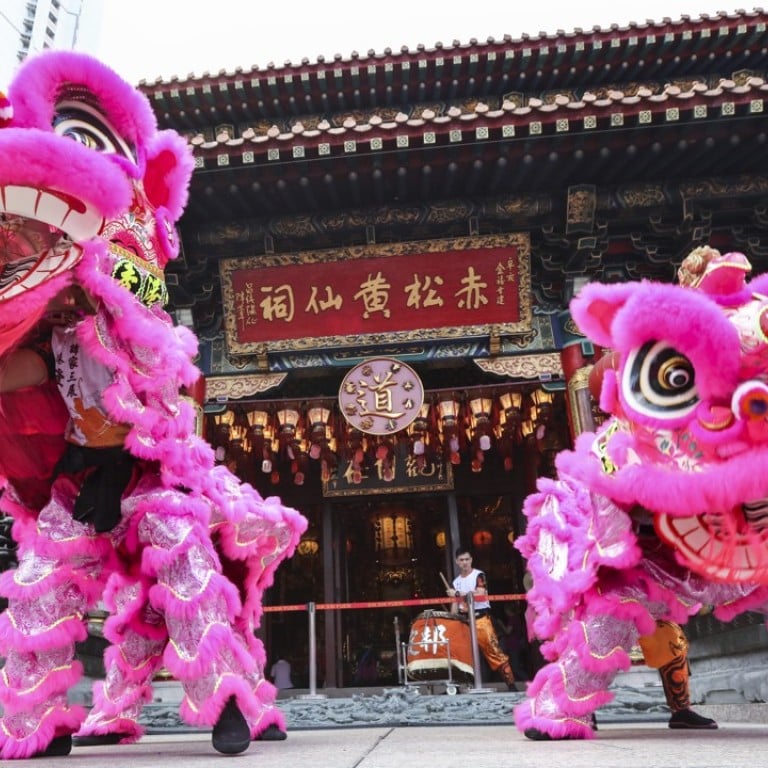
Video | Lion dancing: history, traditions and its special place in Hong Kong culture explained
Once there was a lion dance troupe in every walled village in what became Hong Kong’s New Territories, and more than 100 still perform their dazzling routines; but as teens swap sport for studying, recruiting dancers gets harder
A golden lion leaps from one high pole to another, shaking its bright, tasselled mane while the clash of drums and cymbals drowns out the gasps of onlookers at Pacific Place, an upmarket shopping mall in the heart of Hong Kong’s financial district.
The show is a frenzy of colour, sound and movement. The teenage performers, from Kwok’s Kung Fu and Dragon Lion Dance Team, demonstrate their agility and expert co-ordination at every turn, pulling off somersaults and backflips in mid-air. All the while, eyes, ears and mouths blink and twitch on the magnificent lion costumes, mimicking the mannerisms of real lions.
The lion dance is a familiar sight during the recently ended Lunar New Year festivities in China, Southeast Asia and other parts of the world in which diaspora Chinese communities have settled. Along with the equally recognisable dragon dance, the lion dance is traditionally performed to bring good luck for the coming lunar year and scare away evil spirits – a custom stretching back more than 1,000 years.
Hong Kong is home to more than 100 lion dance troupes, according to Kwok’s head coach, Andy Kwok Man-lung, who inherited the role from his father, Kwok Wing-cheong. Kwok Snr founded the troupe in 1969, and instilled a deep love of the traditional art form in his son, who started learning lion dancing as soon as he could walk.
“When my mum was pregnant with me, she always went to see lion dance performances,” recalls Andy Kwok, 44. “I may have learned something from the womb.”
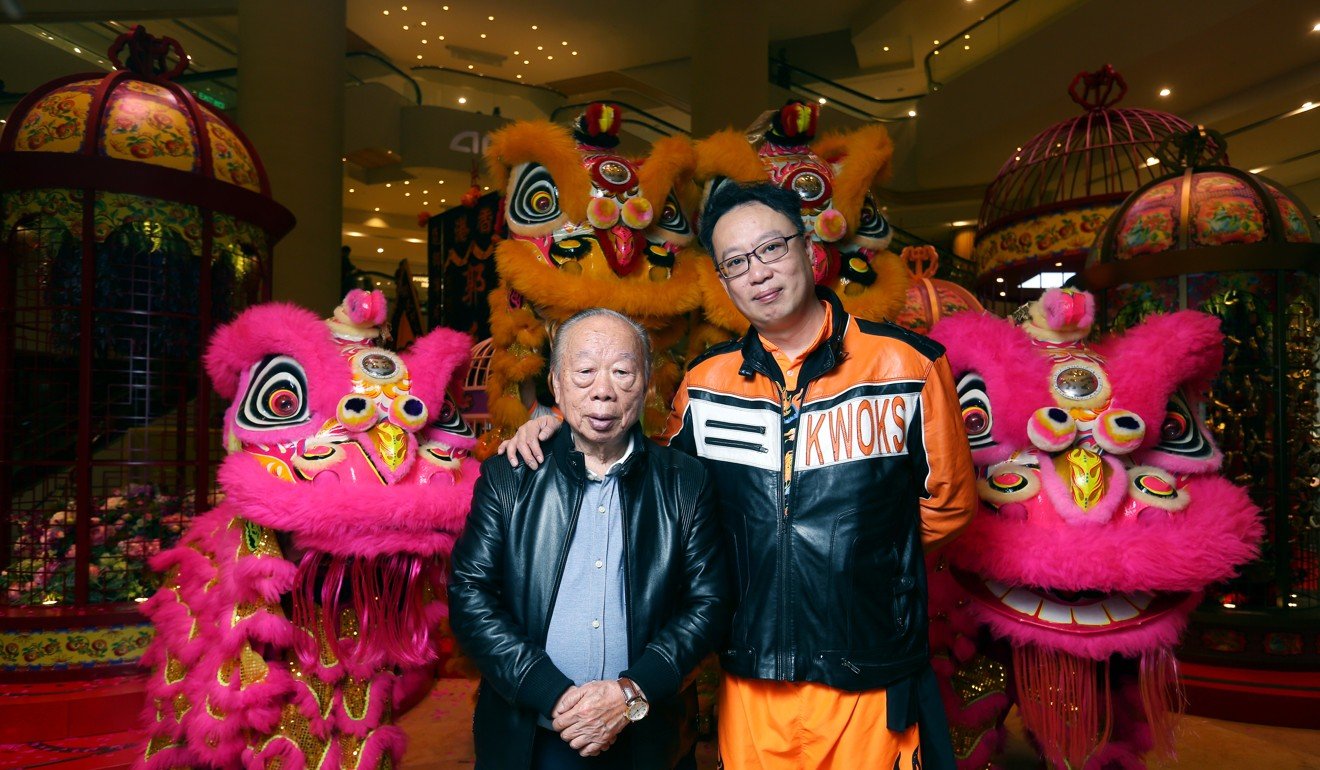
He became the team’s head coach in 2000, and now trains more than 100 youngsters in two styles of lion dancing, as well as other Chinese martial arts.
Many people in southern China fled to Hong Kong during the second world war and the Cultural Revolution, allowing Hong Kong to play a special role in the development of lion dancing
Hong Kong boasts the world record for the largest lion and dragon dance display, with a performance of 1,111 creatures in 2011. Lion dancing is such a recognised cultural tradition in the city that troupes are booked to perform at luxury boutique and car showroom openings.
Lion dances are also staged on other occasions in the lunar calendar such as the Mid-Autumn Festival. A local festival dedicated to the art form – a hybrid of dance and martial arts – is held yearly on January 1.
Nevertheless, Chinese New Year still tends to be the busiest period for Hong Kong’s many lion dance teams. Kwok’s troupe performs 20 to 30 times over the festival period alone, although their biggest show of the year takes place at the Tai Kok Tsui Temple Festival in West Kowloon every March.
“We would perform with golden dragon dance teams, and have 18 lions in a procession and 20 golden dragons dancing on raised poles,” says Kwok. “The show is massive.”
Lion dance troupes have existed in what is now Hong Kong since the late Qing dynasty (1644-1912), when every walled village in the New Territories would have their own group, according to lion dance master Lee Yun-fook, who founded the Yun Fook Tong Chinese Martial Arts Association in 1983.
Lee, who is also vice-chairman of the Hong Kong Chinese Martial Arts Lion and Dragon Dance Association, teaches lion dancing in schools and universities several times a week to supplement the running costs of his own lion dance school, which caters to adult learners and professional performers.
“I normally find students at schools and in the community. If they are interested in lion dancing, disciplined and have a good character, I will allow them to come to my school for further lessons,” he says. A lot of his students are also enrolled on the recommendation of relatives.
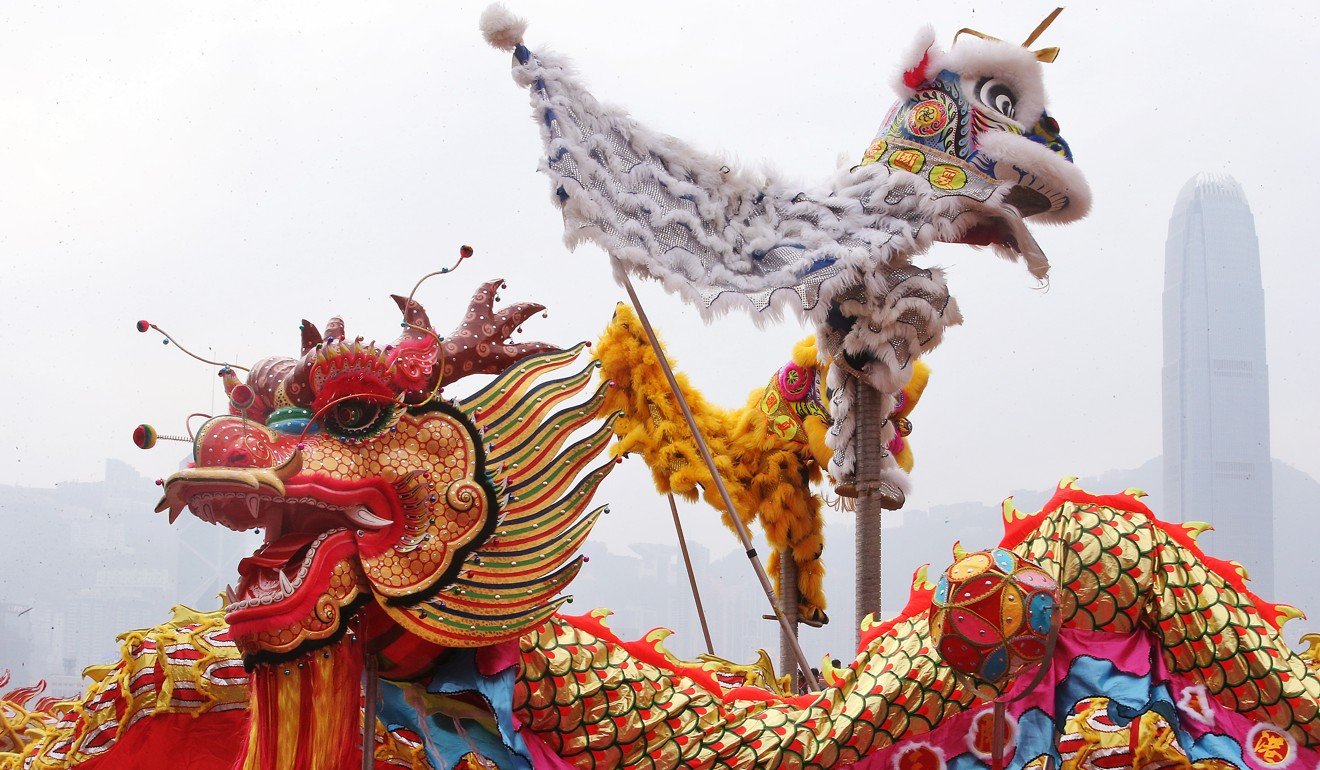
Lions are not native to China, and some scholars believe that the animals were brought into the country along the ancient Silk Road from Central Asia. People soon began to mimic the magnificent creatures in ceremonial performances. Historical records of the lion dance predate the Tang dynasty (AD618-907), when it was performed for emperors.
Making of the fire dragon in Pok Fu Lam village, a tradition of Mid Autumn Festival
As the art form spread from the imperial court to the masses, variations of the dance developed in different parts of China thanks to the influence of local folk culture. The version most commonly performed today in Hong Kong and overseas Chinese communities is the southern lion dance, which originated in the southern Chinese province of Guangdong.
“Many people in southern China fled to Hong Kong during the second world war and the Cultural Revolution, allowing Hong Kong to play a special role in the development of lion dancing,” says Kwok.
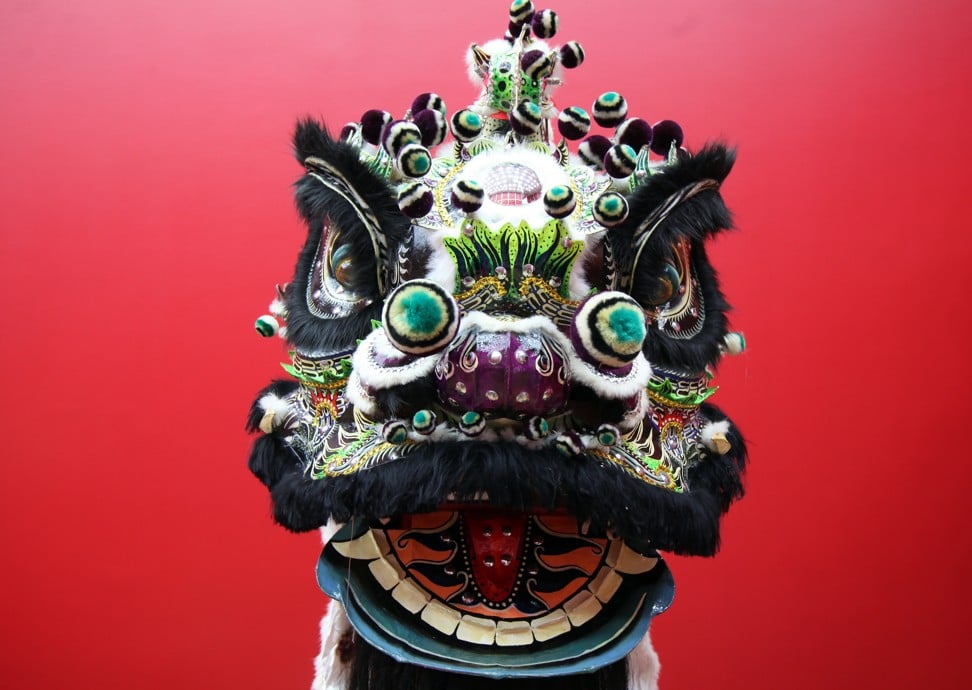
The city became a haven for lion dance troupes which were forced to disband in China when the Communist Party branded the art form feudal and backward. From Hong Kong the lion dance spread to other parts of the world through migration to Singapore, Europe, the United States and Canada.
Lion dancing has not always been welcome in Hong Kong, however. “In the 1970s and 1980s, lion dancing was often perceived to be have triad connections,” says Kwok.
Fierce rivalry between different troupes got so violent that the colonial British government banned the practice for a few years during that period, as performers often hid weapons in their lion costumes to attack rival teams.
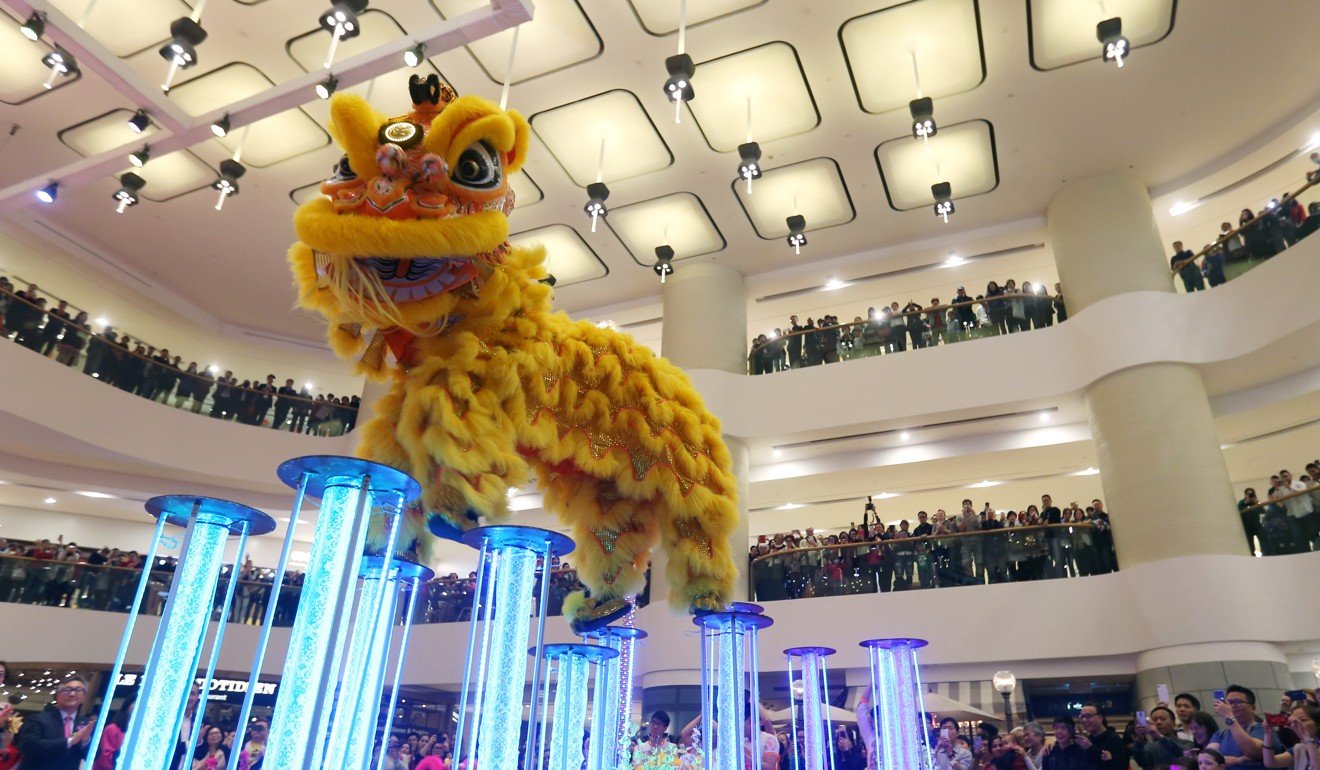
In both the northern and southern dance styles, the lion costume is worn by two performers who dance in tandem. The southern style is more comic and mimics the natural behaviour of the lion, while the northern style is more acrobatic and influenced by martial arts.
“Lions in northern lion dance look more brave and fierce, while the facial expressions of southern lions are more delicate,” says Kwok.
Dragon Dance 101: Chinese university tries to keep fiery tradition alive
He says that, in recent years, the southern style has evolved into two distinct forms: a more acrobatic, northern-influenced style, in which the lions perform tricks on high poles; and the traditional performance that involves cai qing, or “plucking the greens”.
This auspicious ceremony sees the lion approach and “pluck” a green lettuce hung on a pole outside a shop front or doorway, in which is hidden a lucky red envelope containing money. The lion will then “spit” out the greens and keep the envelope as a reward.
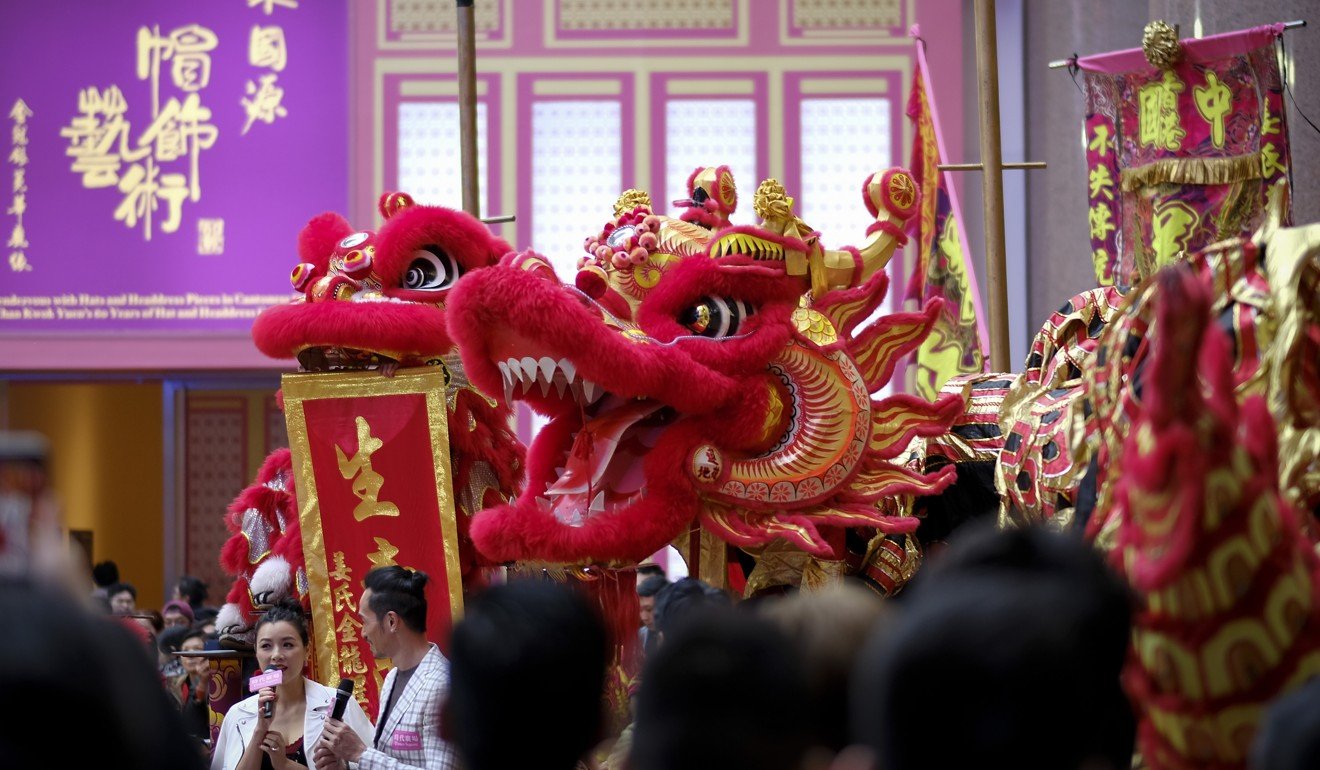
The lucky element comes from the symbolism of the word cai, which is a homophone for the words meaning “pluck”, “vegetable” and “fortune” in Chinese.
Nowadays, to encourage more young people to take up lion dancing, troupes in Hong Kong are trying to bring innovations to the art form.
“On the one hand, we are working with some modern dance troupes and hip-hop dancers. On the other hand, we are developing LED-based choreography,” says Kwok, who shows a short video of a sleek, hip-hop-inspired performance with dancers clad in glow-in-the-dark UV costumes.
In other words, they are trying to make ancient martial arts cool and modern. Kwok adds that the troupe has been experimenting by adding smoke effects and magic tricks.
“We want to keep trying new things, while working hard to preserve tradition,” he says.
The changes have been introduced in part because teenagers are more drawn to cramming classes than lion dance practice in their spare time because of the demands of Hong Kong’s high-pressure education system, according to Kwok.
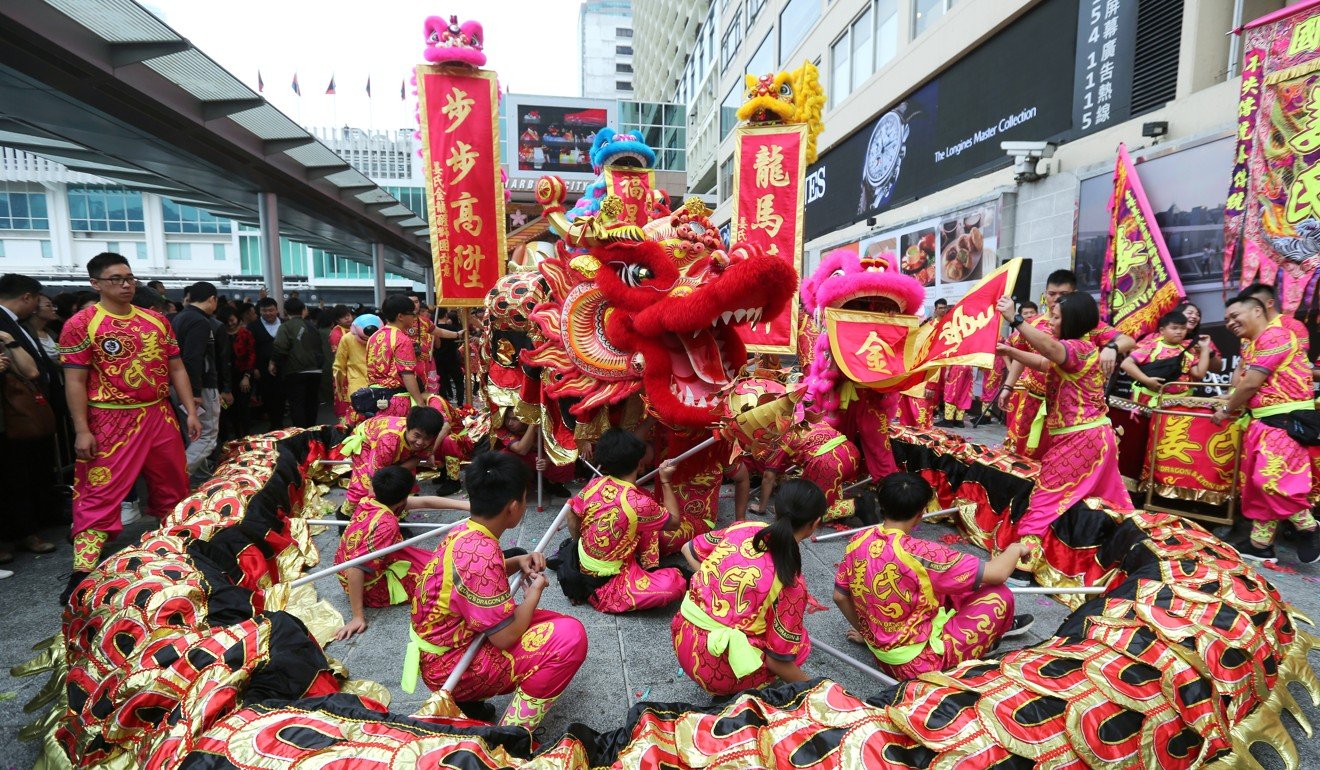
He sees a lot of interest in the activity among primary school students, who find the lions cute, but few stick with it. “Sport is not as popular with young people today as when I was young,” he says. “Fewer young people take up sport as a hobby, and even fewer take up lion and dragon dancing.”
Lee agrees that it is hard to retain students once they face school or work pressures. “Most students have lost interest in it and have no time to do lion dancing again after they leave school and begin working,” he says.
Spotlight on HK$5m funding for lion dance
So what is the best way to preserve the art? “Although the Leisure and Cultural Services Department provides funding for associations to develop lion and dragon dances, their focus is on putting more resources into competitions,” says Kwok. “The government needs to do a lot more promotion, but I have not spotted any clear direction so far.”
We want to keep trying new things, while working hard to preserve tradition
He says the lack of space for lion and dragon dance groups to train is also a major problem – especially since the performances are noisy. “There is no government training ground for lion dances, so we can only train in factory buildings and open spaces in walled villages,” says Kwok.
Ultimately, the promotion of lion dancing is in the hands not just of the young people who take part, but their parents too, Kwok says. However, most parents prefer to see their children studying in their spare time.
As his troupe shows, a new generation of lion dancers is keeping the tradition alive, while also shaking off the shady reputation it had back when it was dominated by triad gangs.

